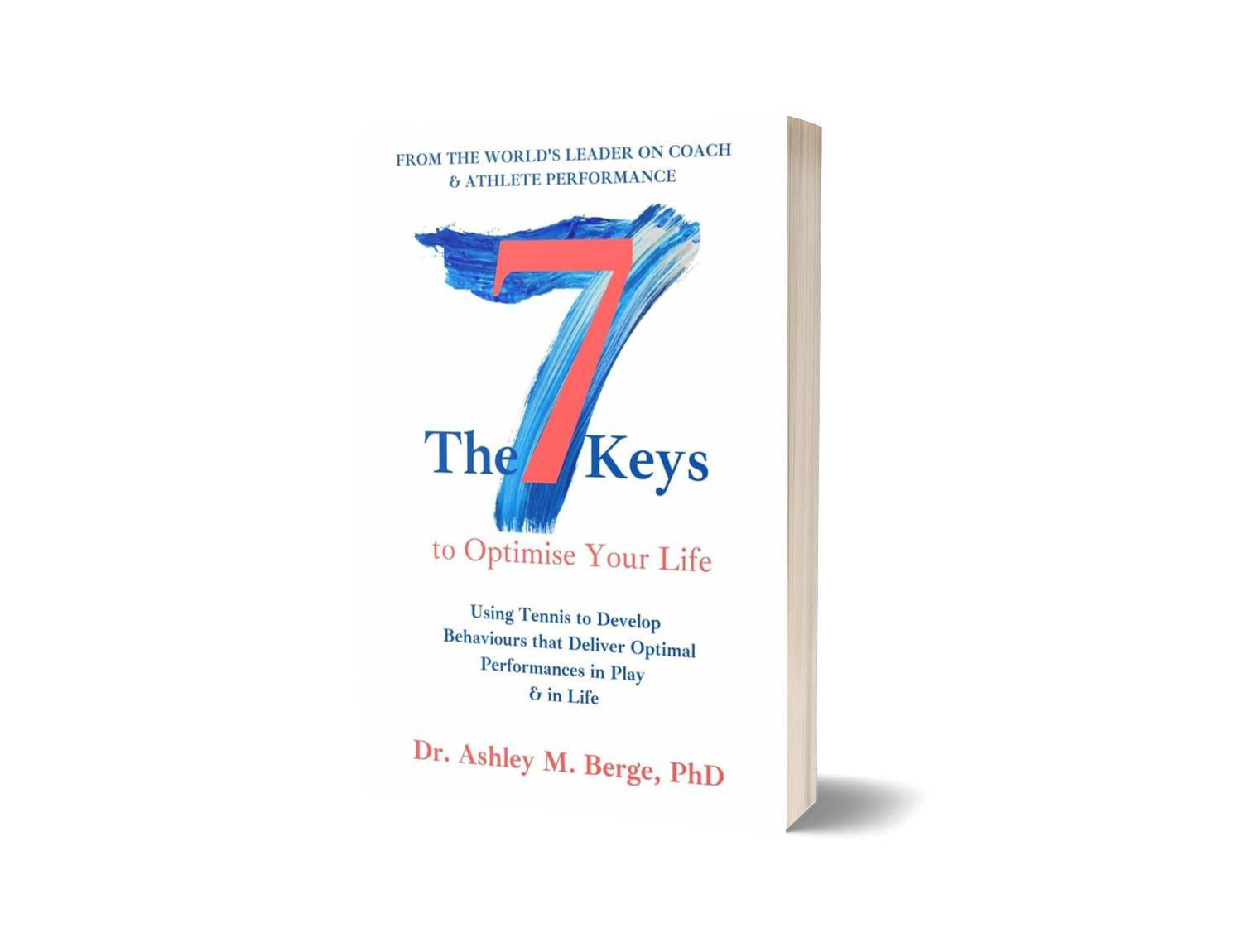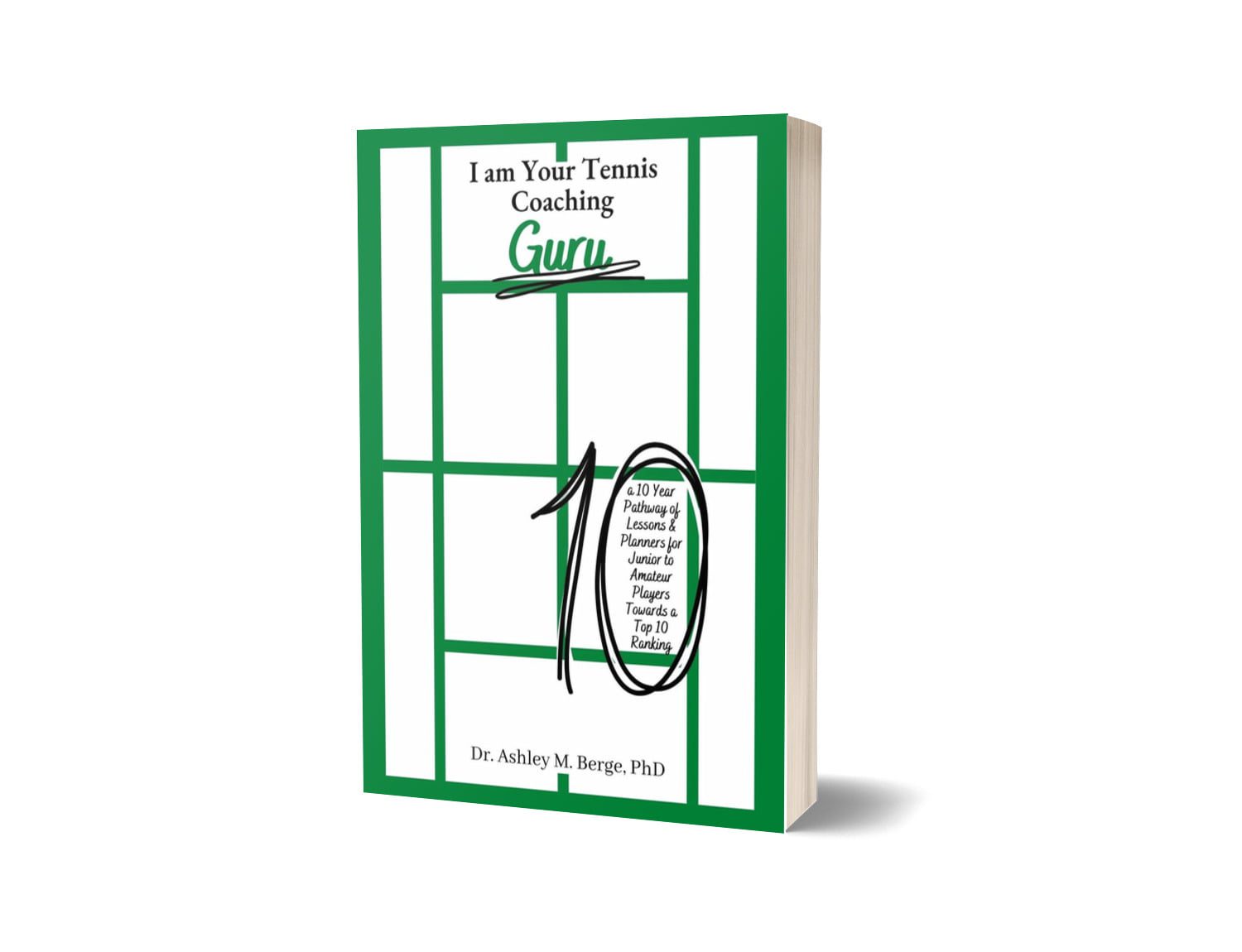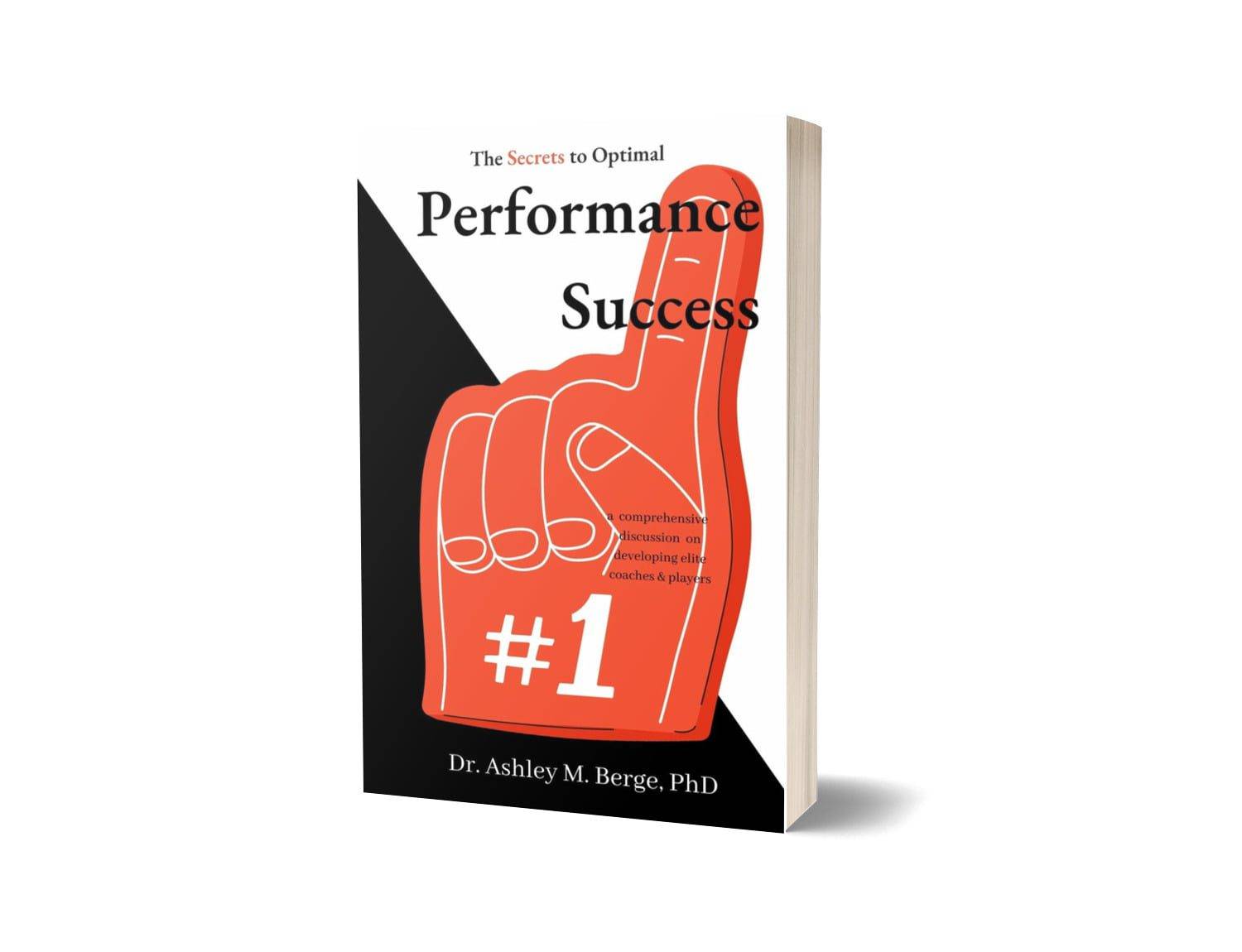
In this episode, Dr. Ashley Morgan Berge takes listeners through a deep dive into tennis performance, focusing particularly on the journeys and techniques that elite players on both the Women’s Tennis Association (WTA) and the Association of Tennis Professionals (ATP) tours employ to stay competitive. The conversation revolves around themes such as mental resilience, physical endurance, preparation routines, and how players adapt to various challenges throughout their careers.
Introduction to the WTA and ATP Tour: 2024 US Open Championships Special Edition Days 9 & 10
Dr. Berge begins by introducing the context of the WTA and ATP tours, highlighting how professional tennis players are required to compete globally across varying surfaces, climates, and time zones. The host emphasizes that these players, although already at the top of their sport, continually seek improvement to maintain and enhance their competitive edge. The sheer number of tournaments—ranging from smaller ATP 250 events to the grandeur of Grand Slam tournaments—requires constant adaptation.
Adaptation to Surfaces
One of the core points discussed in the podcast is the way tennis players adjust their game to different playing surfaces. The WTA and ATP tours feature three primary surfaces: hard courts, clay courts, and grass courts, each demanding unique playing styles and strategies. Dr. Berge notes that players often have preferences and strengths on certain surfaces, but the elite players in both the men’s and women’s games have learned to perform at high levels across all surfaces.
For instance, on clay courts like those seen at Roland Garros, longer rallies are more common, and players need to possess great endurance and tactical patience. On the grass courts of Wimbledon, players with strong serves and aggressive net play tend to thrive. Hard courts, the most common surface, require a balance between offensive and defensive strategies.
Dr. Berge elaborates that this adaptability is crucial for career longevity. The top players in the world, such as Rafael Nadal and Novak Djokovic on the ATP side and Iga Świątek and Aryna Sabalenka on the WTA side, have managed to conquer each and/or multiple surfaces by refining their games accordingly. Nadal’s dominance on clay is well known, but the fact that he has won Grand Slams on all surfaces speaks to his adaptability. Similarly, Djokovic’s all-court game makes him a constant threat on any surface.
Mental and Physical Resilience
Dr. Berge delves into the critical role that mental toughness and physical fitness play in an elite tennis player’s career. She points out that the rigorous demands of the WTA and ATP tours mean that even a minor dip in either mental or physical conditioning can lead to early exits from tournaments or underperformance.
She highlights the careers of players such as Serena Williams and Roger Federer, who have displayed incredible mental resilience throughout their careers. Both Serena and Federer have faced numerous setbacks, including injuries and personal challenges, yet their ability to stay mentally focused has allowed them to remain competitive well into their thirties. Dr. Berge praises Serena’s unmatched ability to handle pressure, especially in Grand Slam finals, where she has won 23 titles—an Open Era record in the women’s game.
A large portion of the discussion focuses on the importance of mental resilience. The ability to “reset” after losing a point or making a mistake is something Dr. Berge stresses, particularly during high-stakes matches. A player’s ability to bounce back from adversity during a match can often be the difference between winning and losing. She cites examples of players such as Novak Djokovic, who has earned a reputation for being nearly unbeatable in five-set matches due to his mental fortitude and ability to recover from seemingly impossible situations.
Training and Recovery Routines
Dr. Berge also touches on the training and recovery routines that elite players follow to maintain peak performance. She highlights the importance of periodization in training, where players and their coaching teams strategically plan the training schedule to peak at key moments, such as during Grand Slam tournaments.
Physical recovery is an essential part of this process. The demands of a professional tennis season, which spans almost the entire year, can take a toll on the body. Players are constantly traveling, adjusting to different climates, and playing on different surfaces, all of which increase the risk of injury. To combat this, Dr. Berge explains that many top players work with specialized teams that include physiotherapists, nutritionists, and fitness trainers.
One prime example of effective recovery management is Rafael Nadal, who has struggled with numerous injuries throughout his career but has managed to stay at the top of the game through meticulous care of his body. Dr. Berge discusses how Nadal’s team has adjusted his training load and playing schedule to minimize stress on his knees, allowing him to extend his career.
Additionally, Dr. Berge explores the evolution of recovery techniques, including cold therapy, massage, and hydration strategies. She points out that staying hydrated, especially during long matches in the sun, is a significant factor in performance. Elite athletes on the WTA and ATP tours are now using more personalised hydration strategies to prevent cramping and maintain energy levels during matches.
Tactical Awareness and Match Strategy
Moving on from physical and mental conditioning, Dr. Berge spends time discussing the tactical aspect of tennis. She emphasizes that the most successful players are those who are not only physically prepared but also tactically aware. They enter matches with clear game plans tailored to exploit their opponents’ weaknesses and maximize their own strengths.
Players like Ashleigh Barty (before her retirement), who was renowned for her tactical variety, and Daniil Medvedev, who has a unique ability to frustrate opponents with his unorthodox style of play, have built their careers on tactical superiority. Dr. Berge notes that this ability to think critically and adapt during matches is what sets the very best apart from the rest.
She mentions that many players engage in extensive pre-match analysis, studying hours of video footage of their opponents to gain insights into their tendencies, strengths, and weaknesses. This level of preparation allows players to anticipate their opponent’s moves and adjust their strategies accordingly during the match.
Technology and Data Analytics in Tennis
Dr. Berge highlights the growing role of technology and data analytics in modern tennis. In recent years, players and their teams have started to rely on data analysis to enhance their performance. From tracking serve speeds and rally lengths to analyzing opponents’ shot patterns, data has become an integral part of match preparation.
One standout example is how coaches use data to optimize serve placement. Dr. Berge explains that players like Novak Djokovic have improved their service games by analyzing which serve placements generate the most unreturned serves or weak returns. Similarly, analytics are used to identify patterns in an opponent’s play, allowing players to exploit specific weaknesses.
The use of wearable technology, such as GPS trackers and heart rate monitors, has also become more widespread. These devices allow players to track their physical output during training sessions and matches, ensuring they are training at the right intensity without over-exerting themselves. Dr. Berge believes that as technology continues to evolve, it will play an even bigger role in helping players optimise their performance.
The Role of Coaching Teams
Throughout the episode, Dr. Berge underscores the importance of a strong coaching team in a player’s success. Tennis is often seen as an individual sport, but behind every successful player is a team of coaches, trainers, and advisors. These teams help players refine their techniques, manage their schedules, and maintain their physical and mental health.
She points to players like Naomi Osaka, who have benefited greatly from having a stable support team. Osaka has worked with several prominent coaches throughout her career, including Wim Fissette, and each coach has contributed to her development as a player. Dr. Berge notes that the relationship between a player and their coach is incredibly important, as the coach often serves as both a mentor and a strategist.
In contrast, Dr. Berge discusses the challenges faced by players who switch coaches frequently. While some players thrive under new coaching environments, others struggle to adjust to different coaching philosophies and training methods. She emphasises the importance of stability and continuity in a player’s coaching setup.
Mental Health Awareness in Tennis
One of the more recent developments in tennis, and professional sports in general, is the growing awareness of mental health. Dr. Berge discusses how players are increasingly open about the mental challenges they face on the tour, including issues such as anxiety, depression, and burnout.
Naomi Osaka and Bianca Andreescu are two players who have spoken candidly about their mental health struggles. Osaka, in particular, made headlines when she withdrew from the 2021 French Open, citing the need to prioritize her mental well-being. Dr. Berge praises these athletes for their courage in speaking out and believes that mental health should be a top priority for all athletes.
She also notes that the professional tennis calendar, with its constant travel and lack of an off-season, can contribute to mental exhaustion. Players often spend weeks or even months away from home, living out of suitcases and constantly adjusting to new environments. This lifestyle can take a toll on a player’s mental health, and Dr. Berge believes that more needs to be done to support players in this regard.
The Future of Tennis
To conclude the episode, Dr. Berge offers her thoughts on the future of tennis. She believes that the sport will continue to evolve, with advancements in technology, training methods, and sports science leading the way. She also expects that younger players will continue to push the boundaries of the game, bringing new levels of athleticism and creativity to the court.
The emergence of players like Carlos Alcaraz, Iga Swiatek, Jannick Sinner to Coco Gauff, who have made an impact at a young age, signals that the future of tennis is bright. Dr. Berge is particularly excited about the potential of these young players to challenge the established order and bring a fresh perspective to the sport.
She also believes that the growing emphasis on mental health will lead to positive changes in the way players manage their careers. As more players speak out about their mental health struggles, she hopes that the tennis world will respond by providing better support systems for players at all levels.
In the end, Dr. Berge remains optimistic about the future of tennis, believing that the next generation of players will build on the legacy of legends like Serena Williams, Roger Federer, Rafael Nadal, and Novak Djokovic while bringing their own unique styles and personalities to the sport.
Note: you just read an automated summary of episode #120 — if you found this helpful and/or pieces were not as accurate as you’d like, please let us know and be mindful that intermittently these automated summaries will be shared for those of you who seek a quick snapshot of our episodes.
To learn more about our data, predictive analytics and how to optimise your own performance, head on over to AM8 International. To learn more about AM8 International check out our selection of Books and/or options to join Dr B’s Pack to gain exclusive access to the best in the world. Not quite ready? Head on over to Beyond Top 10 Tennis for free access to 100+ episodes directly from Dr Berge of what it really takes to win multiple Grand Slams to securing that Top 10 tennis ranking with new episodes each week. More? Join Dr Berge’s Newsletter on Substack, come say “hi” on Topicthread, BlueSky, X, YouTube or Instagram that may very well include quick snippets you can apply in your game, today, or even consider leaving a review on Amazon or Google.



















